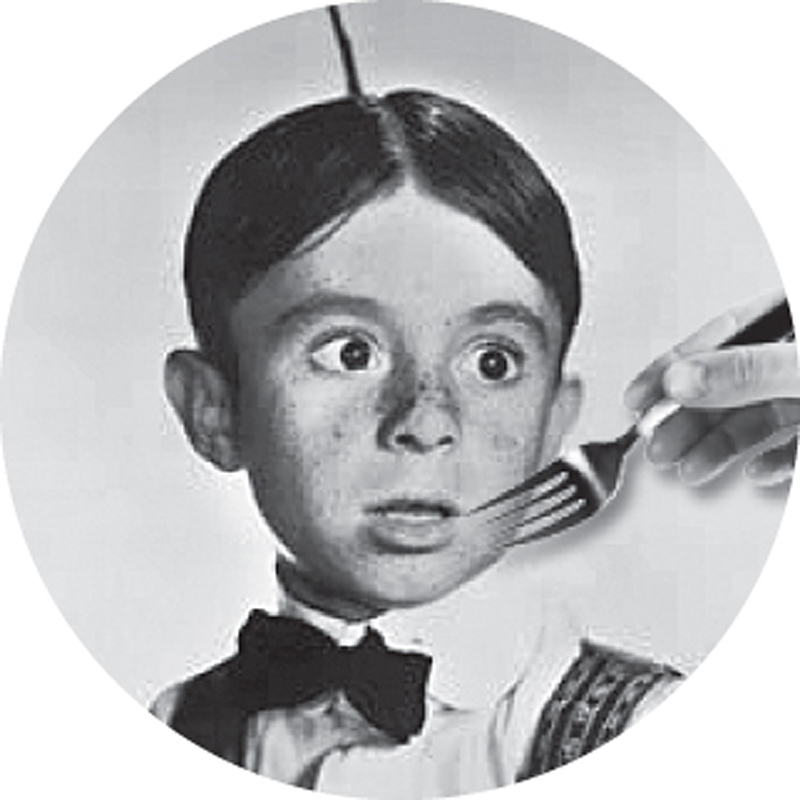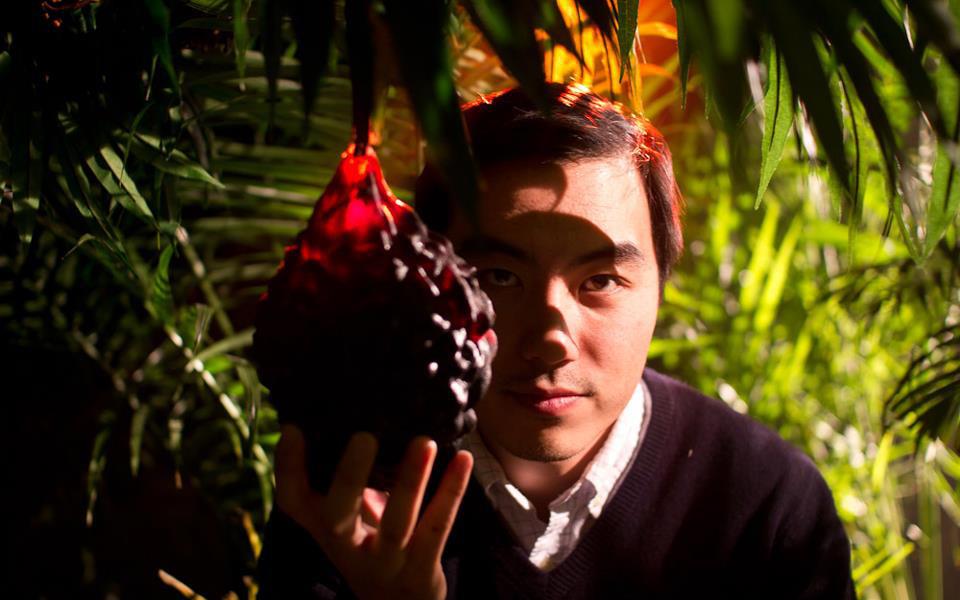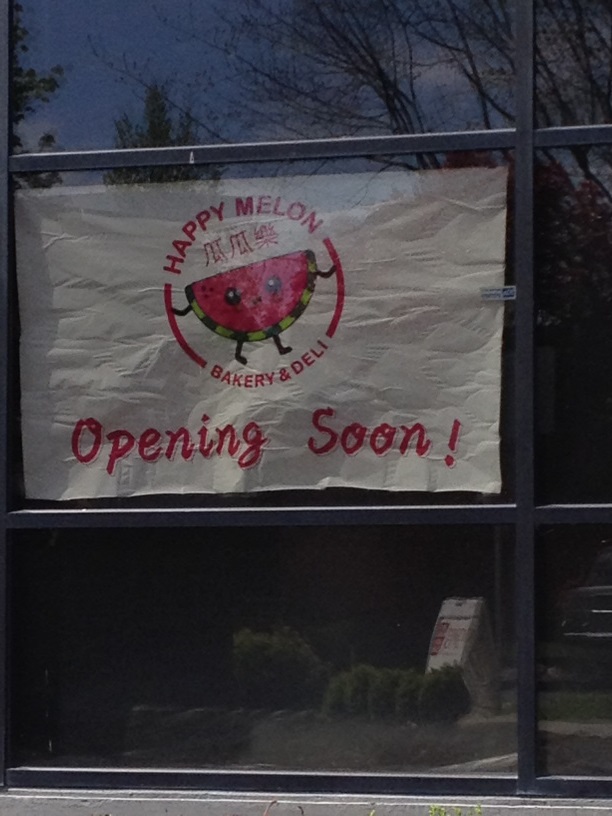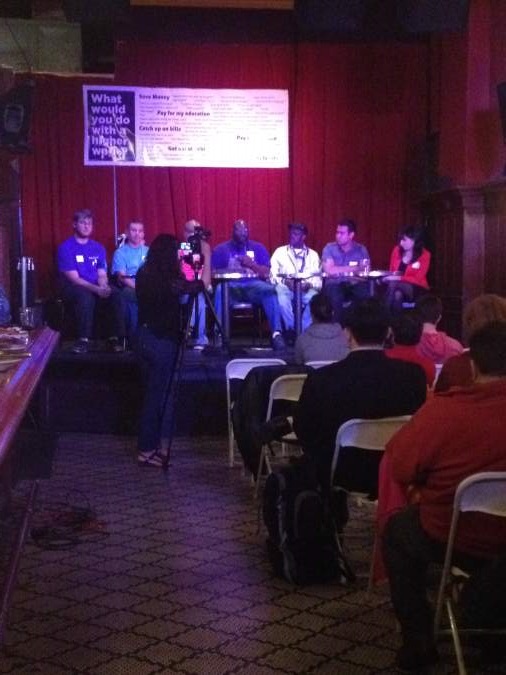The closure of Chez Shea instantly renders outdated every list of Seattle’s most romantic restaurants. The 30-year-old Pike Place fixture was at the top of most such lists, earning accolades for its warm lighting and waterfront view.
It’s not yet clear which local restaurant will inherit Chez Shea’s title. Few new places bother with candles or cultivate the hush required by lovers who’d rather murmur sweet nothings than scream them. But Gael Greene, the longtime New York restaurant critic and author of two erotic novels, believes it’s too soon to eulogize the genre. “I don’t think the romantic restaurant ever went away,” she says. “Where would you go if you’re with a married woman and don’t want to be seen? That could be a romantic restaurant.”
A restaurant doesn’t need to hire strolling violinists or distribute long-stemmed roses to earn romance points from Greene; as she points out, “a jukebox with Sinatra in a roadhouse could be romantic.” Yet she concedes some settings are better suited for parties of two. “The lighting makes you look good,” she says when asked to describe the ideal romantic restaurant. “You can sit side-by-side or corner-to-corner. The buzz is soft, and if it’s not, you can still talk without straining your voice. The waiter and captain aren’t swooping in too often with comments and questions. Foodie with foodie (and even with a slightly uptight foodie), sharing a transporting taste experience can create a sensual intimacy.”
Greene approves of the ambience at La Grenouille, Jean Georges at Trump Tower, and Brasserie Pushkin, where “you can have your crème brûlée caramelized tableside.
“A table for two at the pool in the Four Seasons was wildly romantic, but then so were we in the ’70s,” she adds. “The ’70s were the time between the pill and the plague. We didn’t have the Internet or handheld games to play, so we played with each other. We disco-danced: Dancing led to shared showers, and sex led to kissing.”
In her Delicious Sex: A Book for Women and the Men Who Want to Love Them Better, updated and republished for its 25th anniversary, Greene includes a chapter of suggestions for restaurantgoers seeking romance. She advises women set on seducing their dates to lick their wineglasses and try phrases such as “Can you concentrate on dinner if I touch you here? Here? Oh, dear . . . may I touch that?”
“Obviously I’m a believer in dinner as a time for foreplay,” Greene says now. “If it’s going to be a tasting dinner—something monumental like Per Se or another four-star dining event— I suggest making love first.”
Yet much of the responsibility for creating romance lies with lovers, not with the restaurant serving them, Greene says. “There is no possibility of romance if you carry your cell phone and keep sneaking peeks under the table.”








